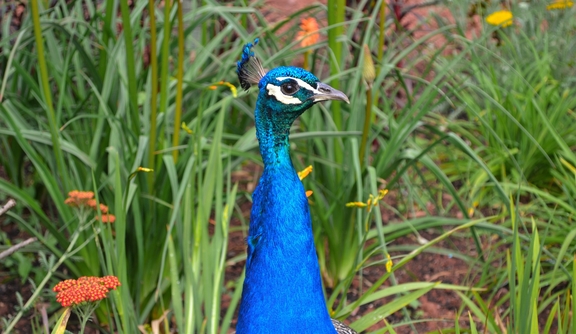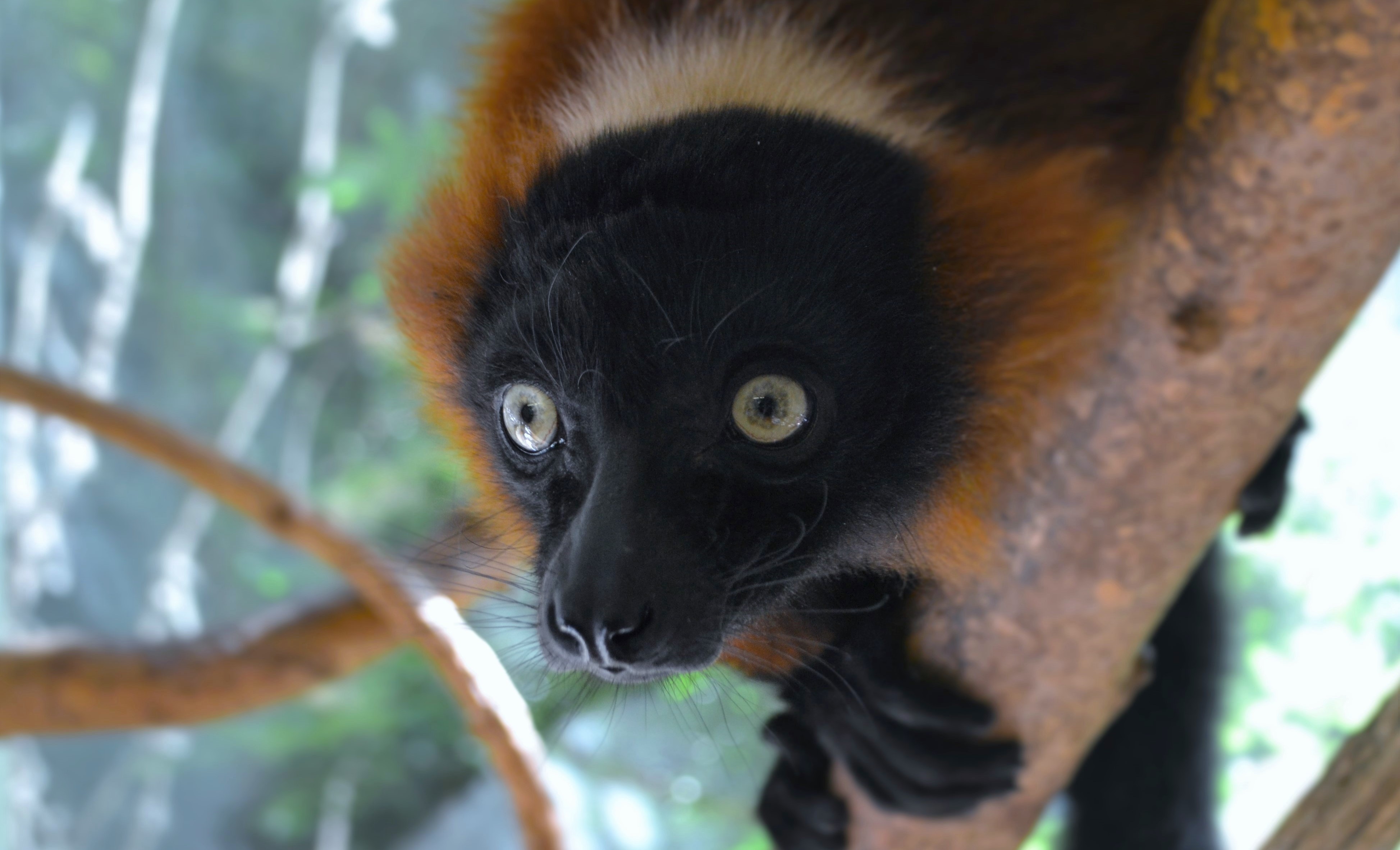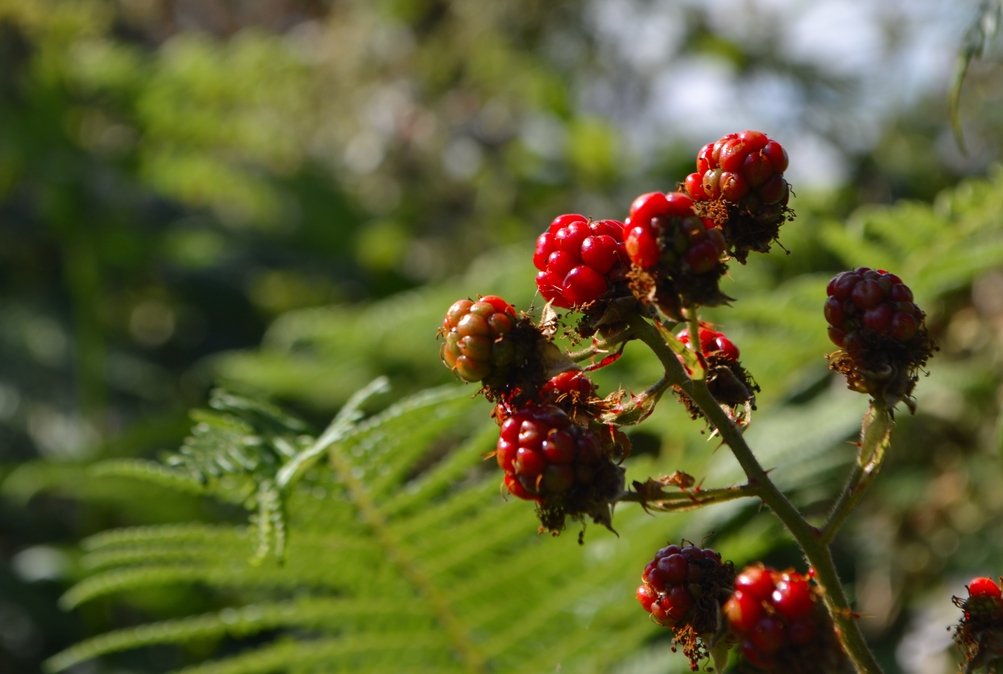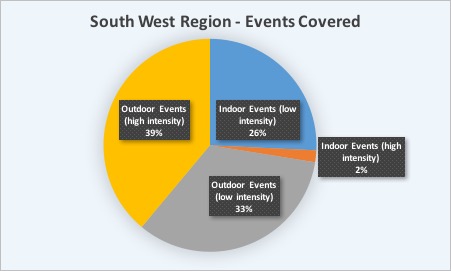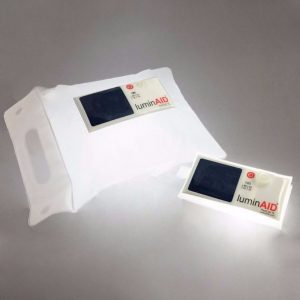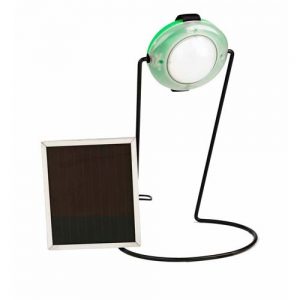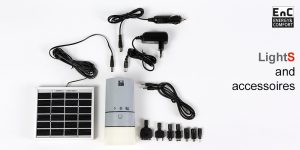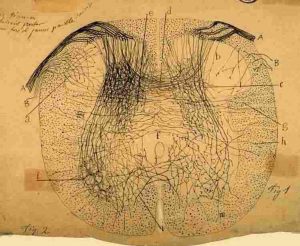After what seems like a very short five weeks, my time at St. Anne’s has come to an end. I’ve settled in well and have a great relationship with the service users, so it seems almost too soon to be leaving!
The main aim of my project was to collect data on Spice use (more on that later), but during my time here I’ve also become involved in a lot more of the work that St. Anne’s does. I’ve helped to run the breakfast club every week, which was a great way to meet the clients and talk to them about my project. I was also part of service user involvement sessions, which are designed to allow people to have their say on how St. Anne’s is run and what sort of services it offers. This sense of involvement is at the core of St. Anne’s ethos; service users are encouraged to take an active role in changing their lives and addressing issues that affect them. It’s been really rewarding to see how some of the clients have managed to turn their lives around with the help of the staff.
Back to my project, then. Due to the nature of the work that St. Anne’s carries out and their client base, my data set is smaller than I’d hoped. However, it still offers an eye-opening and valuable insight into Spice use among the service users, which was the aim. It’s not possible to share too much on my blog (due to the confidential nature of the information) but what I can say is that a large volume of service users are dealing with the effects of Spice on a daily basis. This can be anything from blacking out, becoming anxious or aggressive, hearing voices, to witnessing the death of a close friend. I’ve been quite surprised and humbled by the honesty of the clients when we’ve been discussing Spice; the vast majority of people have fallen over themselves to help me get the information I needed. This has been collected into a report for the staff at St. Anne’s, and can hopefully be used as a tool to help them move forward in dealing with Spice use among their clients. The whole process has been fascinating, frustrating and (at times) even upsetting, but it’s been worth it.
I also focused a lot of my efforts on gathering information from the staff at St. Anne’s about their own experiences of Spice. The general mood was one of frustration; the staff have to deal with people who have taken Spice on a daily basis, and quite often these people can become aggressive, behave erratically, or just unresponsive. It’s really forming a barrier between clients and staff, preventing the latter from doing their job.
With this is in mind, I decided to run a service user involvement session for both clients and staff to discuss the findings of my project. The aim was to present what I’ve found to everyone, then allow staff and service users to discuss their experience of Spice in a ‘safe’ space. I felt that it was really important bridge the gap between the staffs’ perception of Spice and the actual experiences of the clients. The session was a huge success; staff opened up to the service users about their feelings of frustration and annoyance, which I think helped clients to see how their actions may be affecting others. Equally, service users then shared their own stories of their experience of Spice, and this allowed the staff to see the other side of the coin. A client may be behaving erratically or being aggressive, but underneath that there is a person who may be extremely frightened or struggling with addiction.
At the end of my internship, I hope that my work will allow St. Anne’s to more effectively tackle the use of Spice among their clients. It was just the tip of the iceberg in terms of Spice research, but I hope that in the future others will be able to use my study as a basis for more widespread research. To the wonderful team at St. Anne’s, it is definitely not goodbye. The work they do is challenging but invaluable to their service users, and I’ll be joining them again (this time as a volunteer) after my graduation.
Read St. Anne’s – Goodbye for now! in full

